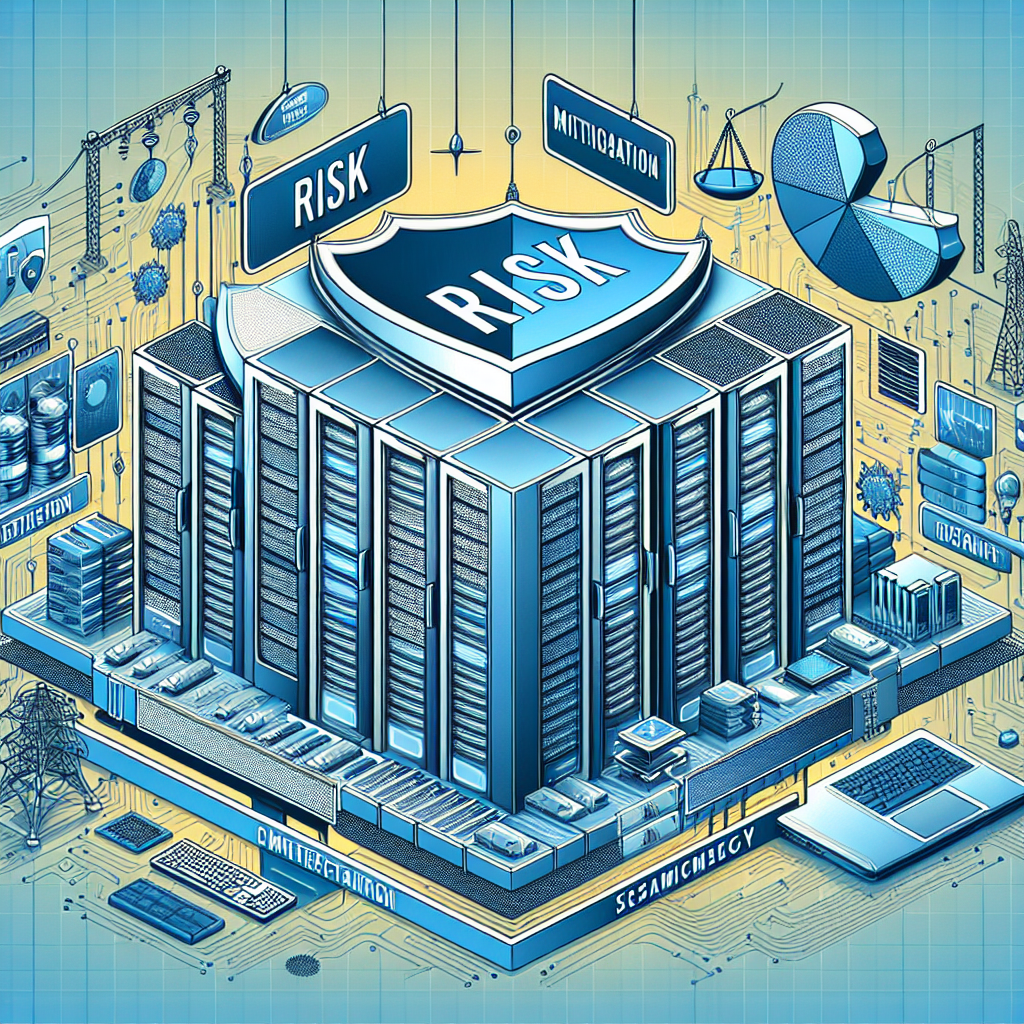Mitigating Data Center Risks: A Guide to Effective Risk Assessment Strategies
Data centers are the backbone of any organization’s IT infrastructure, housing critical data and applications that are essential for business operations. However, data centers are also vulnerable to a wide range of risks that can disrupt operations and lead to data loss or downtime. In order to protect their data centers from these risks, organizations need to implement effective risk assessment strategies.
Risk assessment is the process of identifying, assessing, and prioritizing risks to a data center in order to develop strategies for mitigating or eliminating them. By conducting a thorough risk assessment, organizations can identify potential vulnerabilities in their data center infrastructure and take proactive measures to address them before they lead to costly disruptions.
One of the key steps in conducting a risk assessment is to identify potential threats to the data center. These threats can include natural disasters such as earthquakes, floods, and hurricanes, as well as man-made threats such as cyber-attacks, power outages, and equipment failures. By identifying these threats, organizations can develop strategies to mitigate their impact on the data center.
Once potential threats have been identified, organizations need to assess the likelihood and potential impact of each threat. This involves evaluating the probability of each threat occurring and the potential consequences of a successful attack or event. By quantifying the risks associated with each threat, organizations can prioritize their mitigation efforts and allocate resources accordingly.
After assessing the likelihood and impact of each threat, organizations need to develop risk mitigation strategies to address them. This can involve implementing security measures such as firewalls, intrusion detection systems, and encryption to protect against cyber-attacks, as well as implementing redundancy and backup systems to protect against hardware failures and power outages.
In addition to technical measures, organizations should also develop business continuity and disaster recovery plans to ensure that they can quickly recover from disruptions to their data center operations. These plans should outline the steps that need to be taken in the event of a data center outage, including communication protocols, alternate work locations, and data recovery procedures.
Finally, organizations should regularly review and update their risk assessment strategies to ensure that they remain effective in the face of evolving threats. By conducting regular risk assessments and implementing proactive mitigation strategies, organizations can protect their data centers from a wide range of risks and ensure the continued availability and security of their critical data and applications.
In conclusion, mitigating data center risks requires a comprehensive risk assessment strategy that identifies potential threats, assesses their likelihood and impact, and develops proactive mitigation strategies to address them. By taking these steps, organizations can protect their data center infrastructure from disruptions and ensure the continued availability and security of their critical data and applications.


